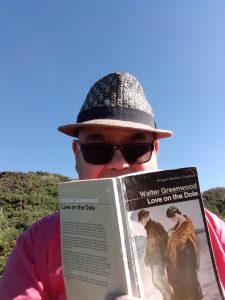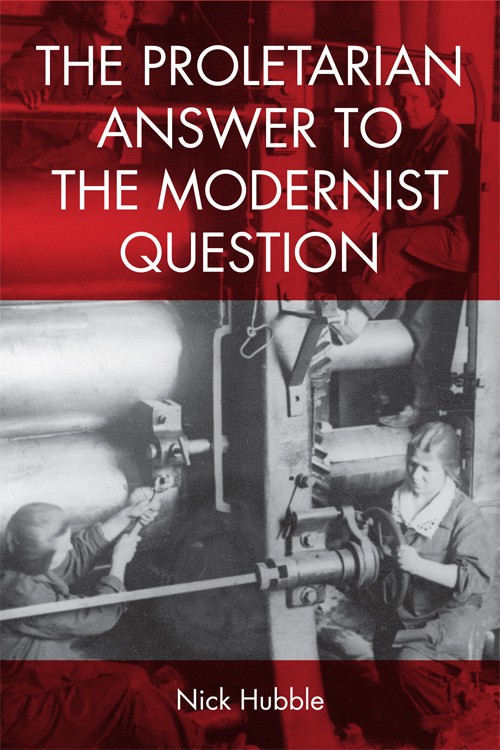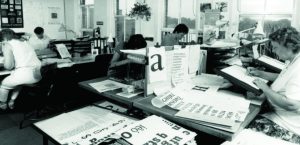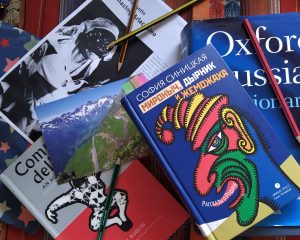
By Nick Hubble
Modernism raises questions. On one level, it expresses the personal questions about subjectivity that writers such as Katherine Mansfield, D.H. Lawrence and Virginia Woolf sought to answer in a world turned upside down by the discovery of the unconscious. On another level, modernist works ask questions of their potential readers: daring them to cross a symbolic threshold into a text which will deny then a straightforward representation of reality and force them to explore more unsettling contexts.
In the early twentieth century, as Victorian conceptions of the relationships between men and women, parents and children, and masters and servants first crumbled and then collapsed in the wake of the First World War and the Russian Revolution, modernism provided a medium for exploring the rapidly changing relationship between the individual and society. As the critic Alick West argued in 1937, it became apparent that one of the wider problems identified by literary modernism was a fundamental question of the age: ‘When I do not know any longer who are the “we” to whom I belong, I do not know any longer who “I” am either’.
West suggested that what was lacking in modernist writing was sustained engagement with the capitalist production process and the conflicts surrounding it. By drawing on the example of working-class and proletarian literature, modernism would be able to consider workplace dynamics alongside individual, class, gender, societal, colonial, and media relationships in order to reflect the full intersubjective experience of modern mass modernity. In The Proletarian Answer to the Modernist Question, I explore the potential of such a ‘proletarian modernism’ through extended close readings of key works such as Lawrence’s Lady Chatterley’s Lover, Naomi Mitchison’s We Have Been Warned, Lewis Grassic Gibbon’s A Scots Quair, and John Sommerfield’s May Day.
What emerges from looking at these texts is not yet another alternative canon but a window onto a wider literary history of cross-class intersubjectivity stretching from early encounters between Ford Madox Ford and Lawrence, through Woolf’s association with the Women’s Co-operative Guild, and on to the activity of Mass Observation. While this history of interaction led to the development of new modes of representation in the late 1930s and 1940s that prefigured the changed social reality of the post-war Welfare State, it had an even more significant role in the construction of modern selfhood by endowing modernist self-reflexivity with the democratic legitimacy of proletarian literature. In particular, proletarian modernism foregrounded how gender relations functioned in everyday life and demonstrated the central importance of women’s agency to social change.
Like modernism, modernist studies raises questions: primarily of definition as the once finite literary canon becomes ever more multiple and diverse. The current all-encompassing scope of the ‘New Modernist Studies’ cannot hold indefinitely. One way to channel momentum before the field’s inevitable rupture would be to embrace both the proletarian-modernist focus on the everyday and its intersectional politics. In a world in which the proletariat is increasingly made up of women in the global south, these books are still worth reading and arguing about because they tell us about the subjectivity, identity, sexuality, gender, and class not just of the wealthy but also of exploited workers and the unemployed. Far from being the product of an inward-looking culture, British proletarian modernism was fundamentally concerned with relationships with the other and the intersubjective possibilities of more open, rewarding forms of social life than those afforded by capitalism and colonialism.

Nick Hubble is Reader in English at Brunel University London. His book The Proletarian Answer to the Modernist Question publishes in September 2017.





